A brief research on Amrat pak revealed Gujarati cusine with East African heritage. I have always believed that the best and originals foods are to be found in a house of an immigrant, as they are the ones who strive to preserve social, cultural, culinary heritage of their homeland. The Gujarati immigrants to East Africa have not only preserved the food traditions of their homeland but also embraced the foods and ingredients of the country they adopted.
One of their most loved breakfast foods is Bharazi -Mandazi an East African equivalent to Poori-Bhaaji, Fafda- Jalebi, Dal – Pakwan, Poha-Jalebi, Chole-Bhature and likes. It is one of the best-loved breakfasts in East-Africa especially Kenya. Bharazi is dried pigeon peas in coconut milk curry and Mandazi also know as East African doughnuts are leavened + deep-fried, mildly sweetened, cardamon scented poori like triangular bread – shape derived from cutting a circular rolled dough into four.
As mentioned earlier, Sheena @thesheenapatel and I are exploring the East African Gujarati cuisine with foods that evolved from the immersion of the two cultures. This particular dish was mentioned to me by Sandhyaben who blogs at Jikoni . Further search reveals this to be a much-loved dish by the East African Gujaratis/Indians as well.
As Sheena shares “It is a predominantly East African dish. It was adapted and taken by the Gujjus since it was vegetarian.” The dried pigeon peas are a favourite with Gujaratis back home (who love it as ‘thotha’ during winters) perhaps the reason the immigrant Gujaratis might have fallen for this preparation. It was their ingredient cooked in a novel way. Why not give it a try??
I found the coconut milk curry to have a huge resemblance to many of the Srilankan curries.
The recipes I share here are inspired from Sandhyaben’s blog Jikoni. Madazi is a yeasted bread that uses egg to bind the dough. I have followed the egg free and yeast free version that Sandhyaben has shared on her blog.
Many of you had inquired how dried pigeon peas look like. An image of fresh and dried pigeon peas I composed recently has been included in this post for you reference.
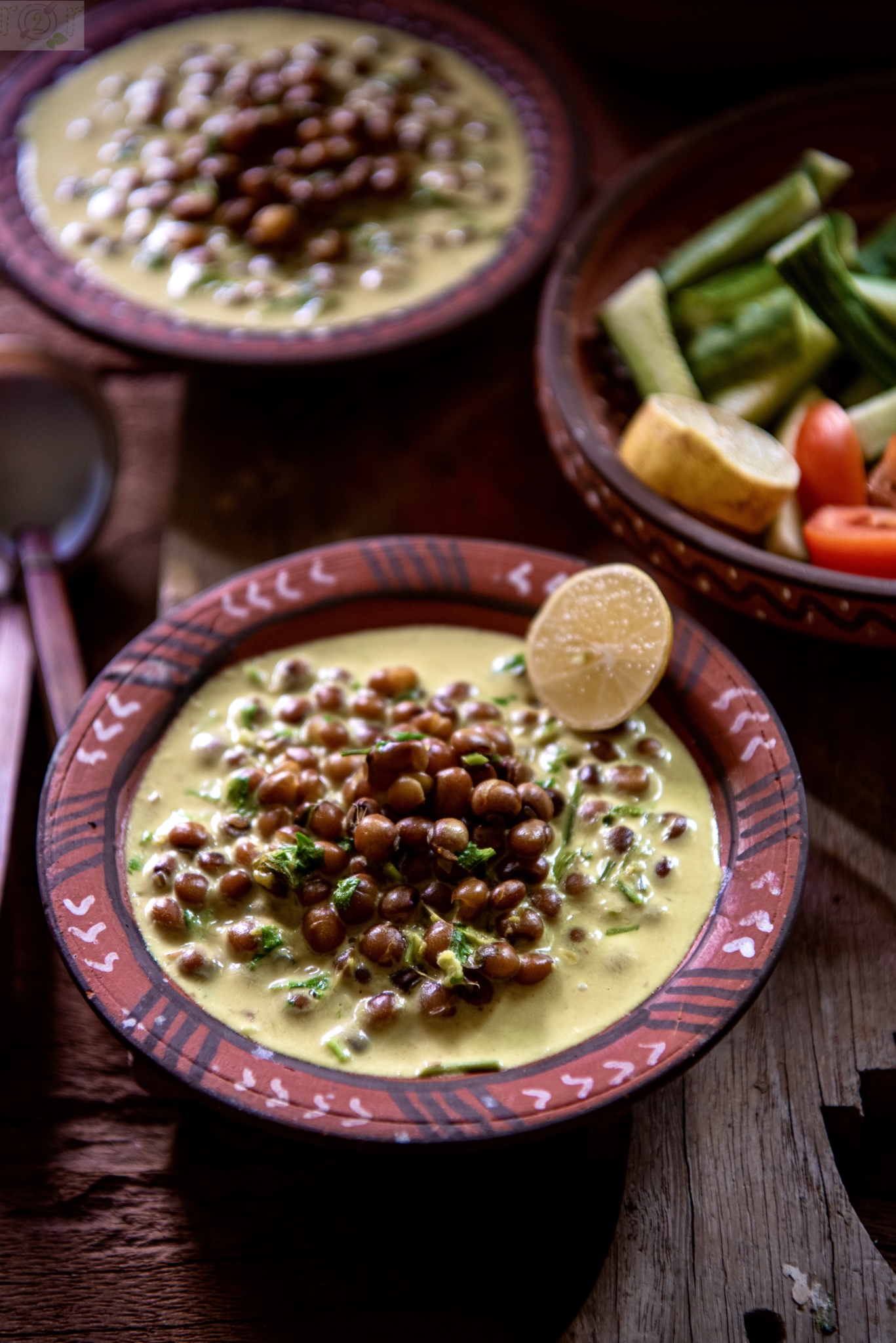
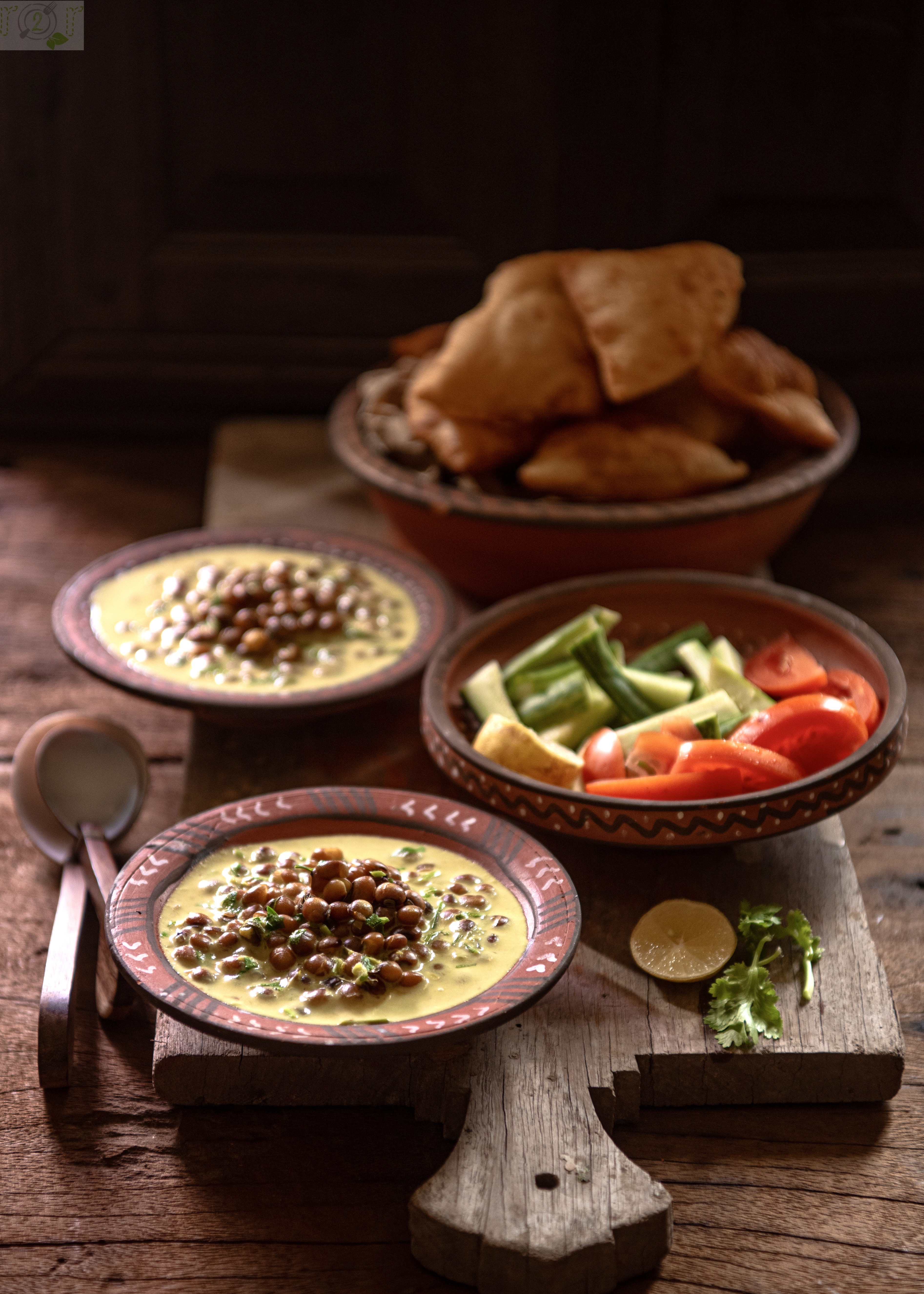
Bharazi & Mandazi - Gujju loved East African breakfast
Ingredients
- For Bharazi
- 1 + 1/2 cup dried whole pigeon peas/suki tuver
- 2 cups thick coconut milk (more if required)
- 2 teaspoons ginger+green chilli paste
- a pinch of turmeric powder
- 1 teaspoon lemon juice
- salt to taste
- finely chopped coriander to garnish
- For Mandazi
- 2 cups white flour
- 4 tablespoons ghee
- 6 tablespoons sugar (reduce if you don't like sweet breads)
- 1 + 1/2 teaspoons baking powder
- warm water to bind the dough
- oil for deep frying
Instructions
Clean and soak the the tuver overnight or for 7-8 hours.
Drain the soaking liquid and pressure cook the soaked tuver in enough water until done.
They should not be mushy but tender after pressure cooked.
Drain the cooked liquid from the tuver.
Take a pan, add coconut
Once the bharazi has been cooked, pour the coconut milk into a pan and start to heat it.
Add the bharazi, spices and the pastes and bring to boil until the sauce starts to thicken but still soupy.
For Mandazi
Mix the ingredients listed for Mandazi.
Using warm water bind the flour into a semi-stiff dough (puri like)
Knead the dough well.
Cover and set aside for an hour or two.
Divide the dough into balls.
Roll into saucer sized circle that is 1/2 cm. thick.
Cut in to four pieces, keep on the side for 30 minutes.
Deep fry and serve warm with Bharazi.
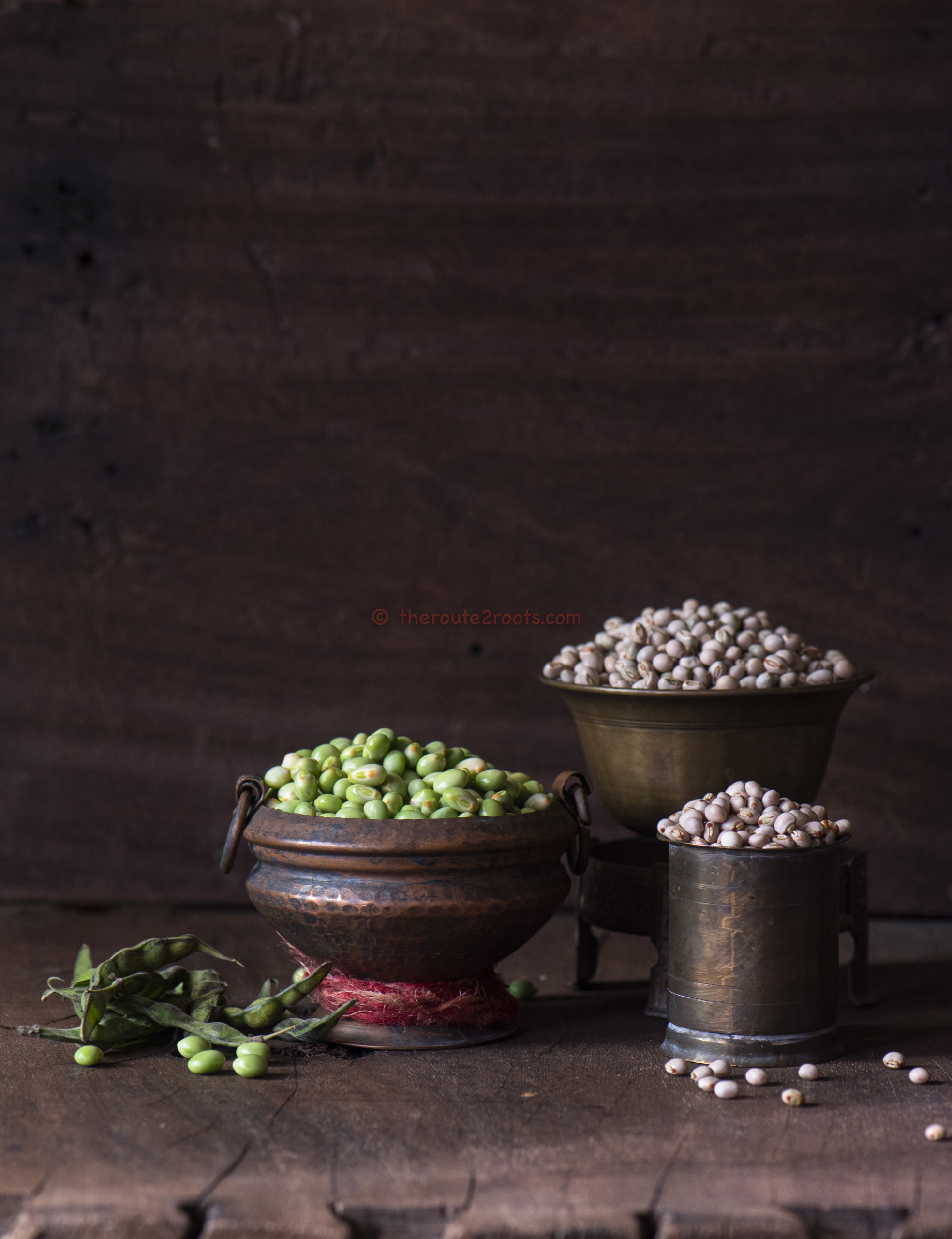

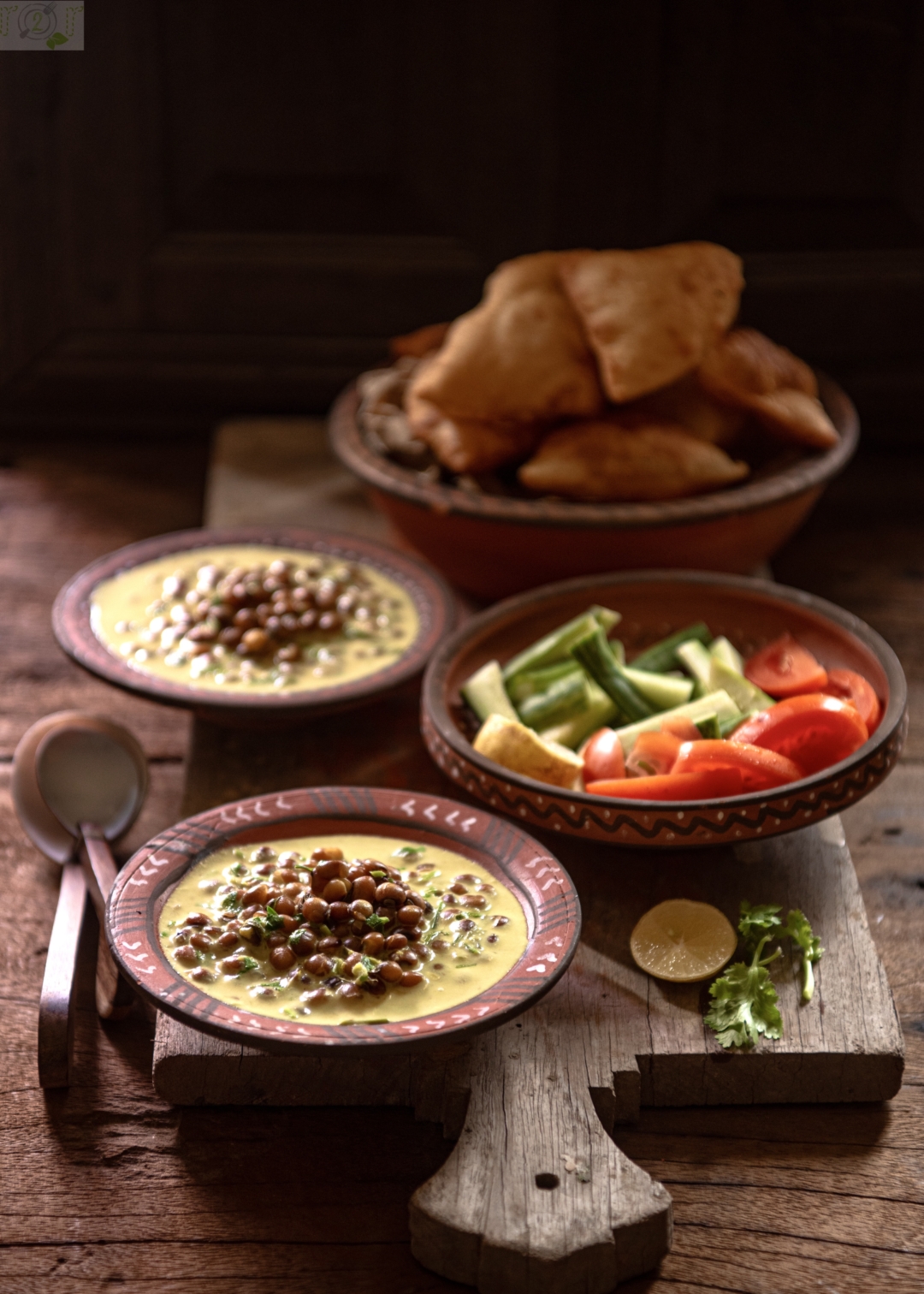

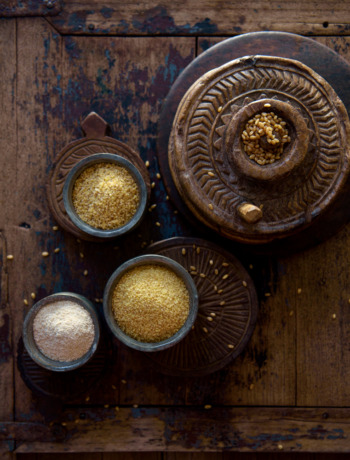
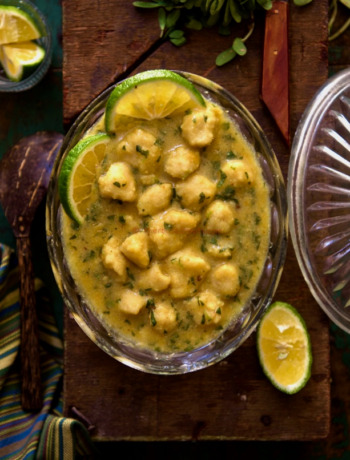
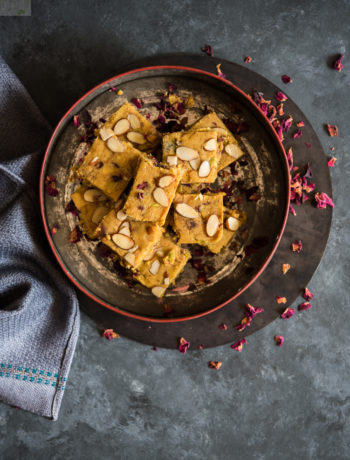
No Comments